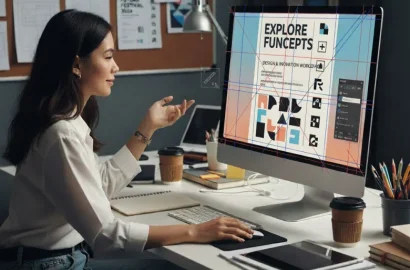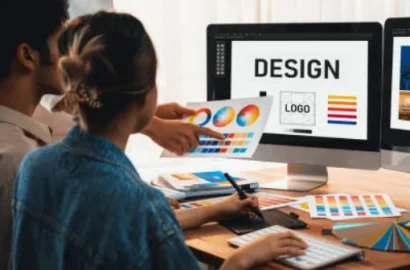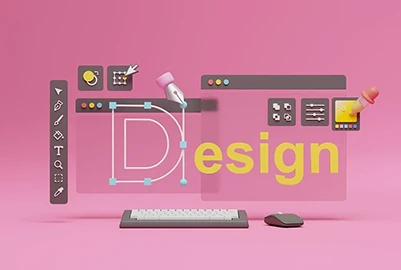Learn all about the role of a character designer—including their main tasks, top skills, average salary, and how to become one.
Picture your favorite fictional characters—whether from animated movies, cartoons, video games, or illustrated storybooks. They fit seamlessly into their given context but are not created by accident. Behind each character is a talented character designer.
Character designers are responsible for coming up with character concepts and bringing them to life. They sketch out each character’s visual appearance, develop their personality, and make sure they effectively play their role within the main story.
It’s a fascinating job, requiring a mix of artistic talent, technical drawing skills, and a good dose of creativity.
So what exactly is a character designer and what do they do? What skills would you need to hone in order to become a character designer?
We’ve covered everything you need to know in this guide:
- What is character design?
- What is a character designer?
- What does a character designer do?
- What are the most important skills for a character designer?
- How much do character designers make?
- Job titles and career paths for character designers
- How to become a character designer
- Key takeaways and next steps
Let’s go!
What is character design?
Character design is a niche discipline within the broader fields of art, graphic design, and animation. It’s all about conceptualizing characters for different contexts and bringing them to life through their appearance, personality, and behavior.
Whether for branding and marketing, video games, or comic books, character design is a crucial aspect of storytelling—helping to support the core narrative and connect with the target audience.
Working in this specialist domain offers plenty of variety, creative freedom, and a great opportunity to make an impact through storytelling and design.
If you’d like to learn more about this fascinating field, check out our complete guide to character design.
What is a character designer?

Character designers are professional artists who specialize in conceptualizing and drawing characters.
They design all aspects that make up a memorable character—from their facial features and expressions to their clothing, accessories, body language, and gestures.
Character designers are not just highly skilled artists. They’re also excellent storytellers, creating distinctive characters that fit the given context and help to carry the narrative.
That’s a high-level overview of the role. Now let’s delve into the specifics of what a character designer does.
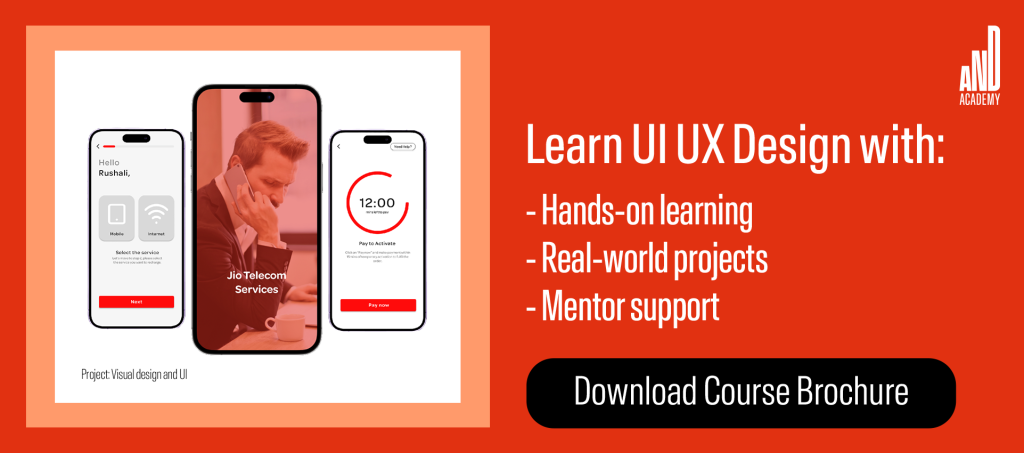
What does a character designer do?
The role of a character designer is both varied and collaborative. It blends research, creative thinking, hands-on design work, and ongoing coordination with key stakeholders—be that external clients or in-house creative directors and project owners.
If you’d like to envision what a character designer does in their day-to-day work, here are the main tasks and responsibilities you’d find on their to-do list:
- Review project briefs and scripts to understand the broader context and the overarching narrative
- Conduct research to build familiarity with the genre and any relevant historical and cultural references, and to gather ideas and inspiration
- Sketch initial character concepts, experimenting with different silhouettes, poses, and facial expressions
- Develop backstories for each character, ensuring that the character’s visual appearance accurately conveys their personality, experiences, and role in the story
- Design each character’s clothing, accessories, and props
- Define color palettes for each character
- Design turnarounds (360-views of each character) to show the character from different angles
- Refine character designs based on feedback from clients, directors, and other team members
- Collaborate with animators and modelers to ensure that characters are adaptable for animation or 3D modeling
- Test and finalize character designs before handing them over for implementation into the final project
Note that the exact tasks of a character designer depend on where they work and what kind of character design they’re involved in. The day-to-day of a character designer working at a marketing agency will look different from that of a character designer working at a gaming studio, for example.
The best way to get a feel for the role is to explore character designer job descriptions on sites like Indeed and LinkedIn. See how employers in different sectors describe the role of a character designer and what tasks they expect them to carry out.
We’ll take a closer look at different character design job titles in a later section. First, though, let’s consider the skills you’ll need to excel in the field.
What are the most important skills for a character designer?

Having explored what a character designer does, you can perhaps already begin to imagine what kinds of skills would be useful—and necessary—for the role.
When hiring character designers, employers prioritize both hard and soft skills, as well as industry-specific knowledge (say, knowledge of gaming, film, or marketing, depending on the role in question).
Here are the top skills you’d expect to see listed in a character designer’s job description.
The most important hard skills for a character designer
These are the technical, role-specific skills and qualities that a character designer needs:
- Knowledge of fundamental graphic design principles such as color theory, balance and composition, hierarchy, and contrast.
- Technical drawing skills including mastery of different styles (e.g. cartoon vs. realistic characters) and the ability to accurately convey facial expressions, poses, and gestures.
- Expert knowledge of fundamental character design principles such as silhouette, style and tone, functionality, personality, and consistency.
- Visual storytelling: the ability to communicate each character’s personality and emotions in a way that supports the overall narrative.
- Role and context-specific skills and knowledge—for example, animation design, 3D modeling, gaming, or marketing and branding (depending on the job).
- Proficiency in industry-standard tools, including both general graphic design tools (such as Adobe Photoshop and Illustrator) and more specific character design software like Blender and ZBrush.
The most important soft skills for a character designer
These are the skills that enable character designers to work well as part of a team, effectively manage their workload, and stay adaptable in their role.
The most important soft skills for a character designer include:
- Collaboration and communication: effectively communicating and sharing ideas with clients and key stakeholders, and being able to receive and implement feedback.
- Creativity: the ability to come up with fresh ideas, think outside the box, and develop unique and memorable characters.
- Research: a systematic approach to conducting research and gathering inspiration before starting the character design process.
- Project management: the ability to keep on top of multiple tasks and projects, and stick to deadlines.
- Versatility and adaptability: a knack for adapting to different design styles and project types, as well as the flexibility to adjust and regroup when requirements and timelines change.
As you can see, character designers require a broad and diverse skill set. Many of the most critical soft skills are transferable and can be honed in almost any job; they’re not specific to character design.
Mastering the hard skills requires more specific training and practice—but we’ll get to that later on when we show you how to become a character designer.

Next up: that all-important topic of salary.
How much do character designers make?
If you’re wondering how much character designers earn, we can look at online salary data for a benchmark.
However, bear in mind that these figures should only be used as a guide. A character designer’s earning potential ultimately depends on a number of factors—including location, years of experience, and sector—and can vary significantly from one person to the next.
So, regardless of individual differences, what is the average salary for a character designer?
- In the United States, the average salary for a character designer is around $77,000 per year (source: Glassdoor).
- In India, the average yearly salary for a character designer is around ₹259,200 (source: Glassdoor).
- In the United Kingdom, the average salary for a character designer is around £31,000 per year (source: Glassdoor).
We’ve covered just a handful of locations here. For further salary insights, simply search “Average salary for a character designer in (location)” to pull the latest data available on the web. This will help you gauge what kind of salary is realistic based on where you live.
If you’re interested in how character designer salaries compare to other design roles, check out this guide: The Top 10 Graphic Design Jobs and Their Salaries.
Job titles and career paths for character designers
Character designer is just one job title within the field of character design. Once you’ve mastered the art of designing unique characters, there are many different pathways you might pursue.
Here are some of the most popular roles and job titles for character designers.
1. Concept artist
Concept artists come up with initial ideas and visualizations for characters, environments, and props—based on a client’s ideas or creative vision. They set the foundation for the project’s visual style, working collaboratively with the client (or stakeholder) to find a direction that fits.
Concept artists are typically hired by film studios, game development companies, advertising agencies, and animation studios.
The average salary for a concept artist in the United States is around $129,000 per year (source: Indeed).
2. Character illustrator/character artist
As the name suggests, character illustrators (or character artists, as they’re often called) focus specifically on illustrated characters (think: Mickey Mouse, Bugs Bunny, and Winnie the Pooh).
Character illustrators can work in a broad range of contexts—including publishing houses, advertising agencies, game studios, and animation studios.
The average salary for a character illustrator/character artist in the United States is around $88,000 per year (source: Glassdoor).
3. 3D character modeler / 3D character artist
3D character modelers, or 3D character artists, specialize in creating three-dimensional models of characters. They use specialist software to translate 2D designs into 3D forms—like Shrek, Gollum, and Lara Croft.
3D character modelers and artists are especially in demand in film studios, game development companies, and companies that specialize in visual effects.
3D character artists earn an average yearly salary of around $94,000 in the United States (source: Glassdoor).
4. Game character designer/game character artist
Some character designers focus exclusively on creating characters for video games. These specialist designers are experts in gameplay mechanics and they typically work for game development studios—either in-house or on a freelance basis.
The average salary for video game character designers is around $63,000 per year in the United States (source: Salary.com).
5. Character designer for animation/character animator
Character animators create characters for animated films, TV shows, and other media—be that for educational purposes, marketing and branding, or entertainment.
They’re typically hired by animation studios, film studios, and TV production companies. The average salary for character animators is around $93,000 per year in the U.S. (source: Glassdoor).
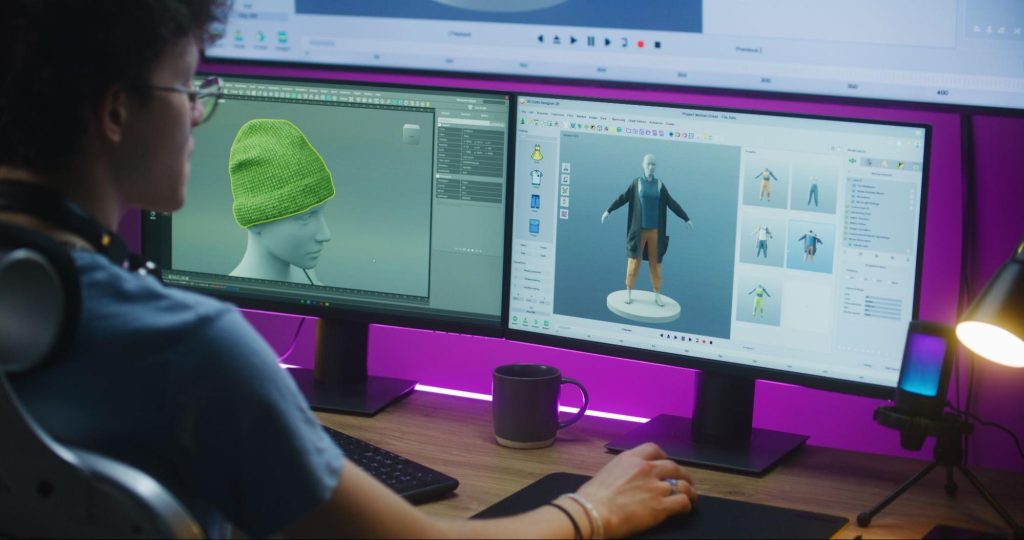
How to become a character designer
If you’ve enjoyed learning about the role of a character designer and are considering this career path for yourself, you’ll want to know: what does it take to get into the field?
Here’s a high-level overview of the steps you’ll need to take to become a character designer.
1. Brush up on design fundamentals
If you’re a novice, you’ll first want to get to grips with design fundamentals. Importantly, you need to understand key design elements such as line, shape, and color, as well as principles such as balance, contrast, and rhythm.
Free resources are your go-to here. Check out free graphic design courses, explore YouTube tutorials for beginners, and read blog posts from reputable industry sources.
With a strong foundation in place, you can then focus specifically on honing your character design skills.
2. Hone your artistic and drawing skills
Character design requires strong drawing skills—and hands-on practice is the best way to learn. So grab a pencil and paper and get to work!
Start by sketching out basic shapes for a character, then gradually progress to more complex forms. You might take your favorite cartoon character and practice drawing them yourself, or come up with a new character of your own.
Once you’re confident with hand sketching, move on to digital drawing tools (try Procreate or Clip Studio Paint). You can follow YouTube tutorials or go freestyle—as long as you’re practicing regularly and fine-tuning your skills.
3. Flex your creative muscles
Character design is all about imagination and creativity. So, if you want to become a character designer, you need to start flexing your creative muscles!
Take a well-known story you’re familiar with—say, your favorite movie, book, or cartoon—and set yourself the task of coming up with a brand-new character. As you do so, explore different art styles, from realistic to stylized and abstract.
Experiment with character archetypes, motivations, and backstories—and don’t be afraid to step outside your comfort zone and try new things.
4. Pursue formal education and training
A professional course will help you solidify what you’ve learned so far, fill in any knowledge gaps, and make sure you’re equipped for a career in character design.
Depending on your existing skill level, you might want to start with a graphic design program, such as AND Academy’s graphic design courses—they offer interactive lessons, expert mentorship, and plenty of hands-on project work.
From there, explore workshops and specialization courses that focus specifically on character design, animation, or motion graphics (depending on your goals and interests).
5. Start building your portfolio
Last but not least, you’ll eventually need a strong portfolio to apply for jobs and show hiring managers what you’re capable of.
Use your coursework and independent projects to form the basis of your portfolio, showcasing your creativity, versatility, and understanding of the character design process. Create a compelling narrative for each case study to show how you developed each character—from initial concept to final design.
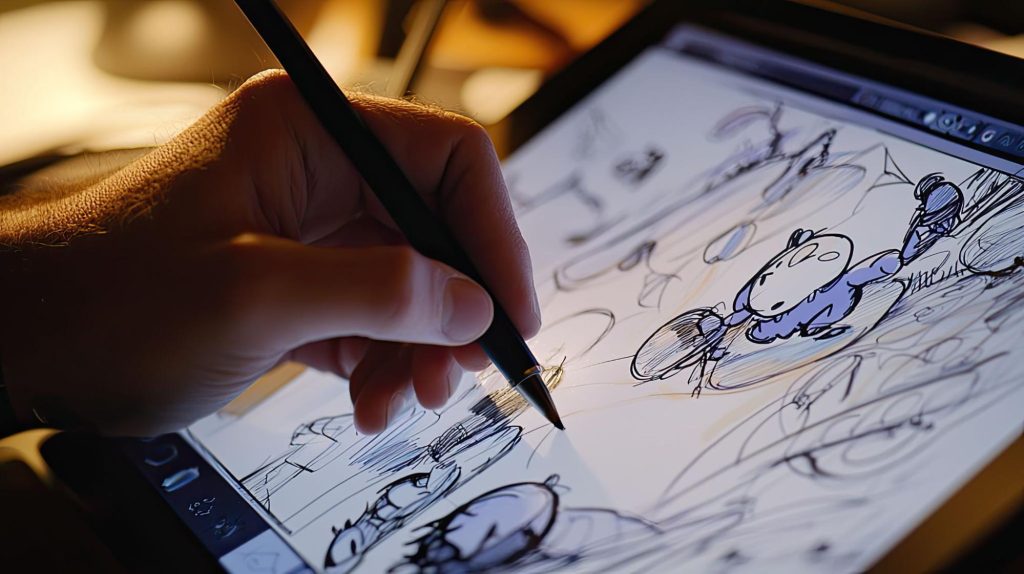
If you’d like to learn more about what it takes to build a portfolio, consider this guide: How to Create an Outstanding Graphic Design Portfolio. You can also check out this project by AND Learner, Dushyant Singh for inspiration!
Follow these initial steps and you’ll be well on your way to becoming a character designer—unlocking your pathway to an interesting, well-paid, and in-demand career.
Key takeaways
A career in character design is creative, varied, and collaborative. This is a job where you can really use your imagination, bring your ideas to life, and put your artistic skills to great use.
And, once you’ve mastered the art of character design, you’ll have many interesting career paths to choose from. From gaming to film, right up to publishing, marketing, and beyond—the sky’s the limit.
Not sure if character design is for you? Then keep exploring with these guides:
- What Is Visual Communication Design and What Does a Visual Communication Designer Do?
- What is a Visual Merchandiser and How to Become One?
- 5 Remote Graphic Design Jobs to Look Out for in 2025
Next Steps
In case you need further assistance, here are some of our resources you can consider:
- Watch this session by design veteran and AND’s Academic Head, Prachi Mittal, and our Course Lead, Soumya Tiwari.
- Talk to a course advisor to discuss how you can transform your career with one of our courses.
- Pursue our Graphic Design courses – all courses are taught through live, interactive classes by industry experts, and some even offer a Job Guarantee.
- Take advantage of the scholarship and funding options that come with our courses to overcome any financial hurdle on the path of your career transformation.
Note: All information and/or data from external sources is believed to be accurate as of the date of publication.




